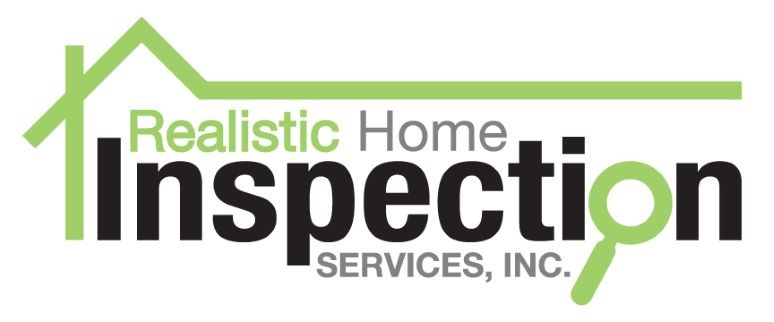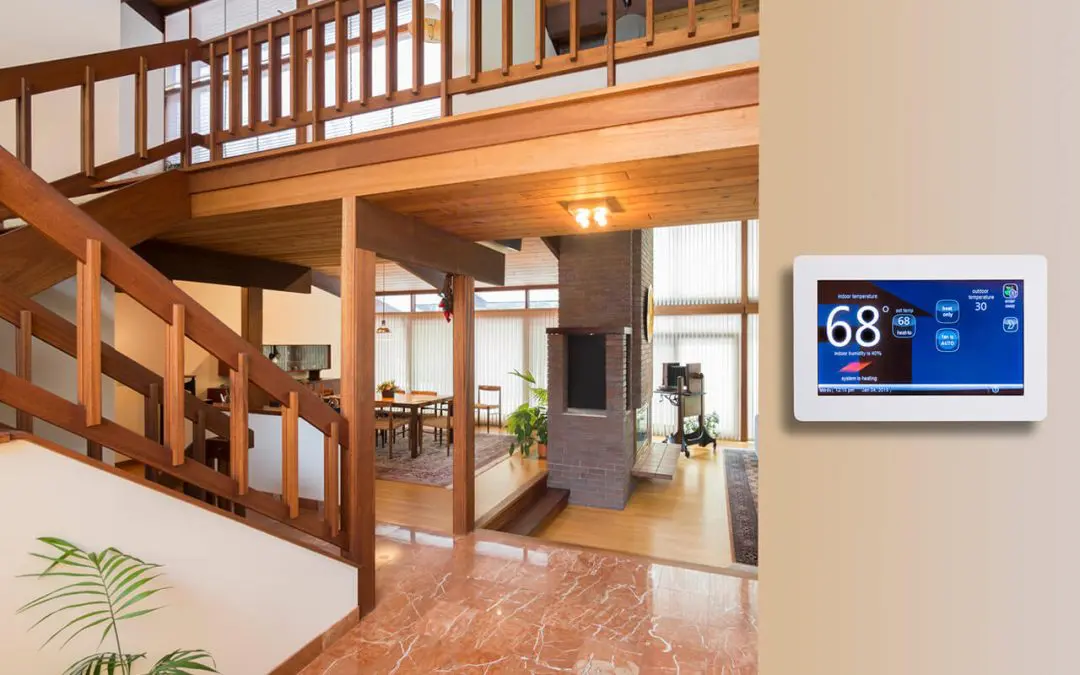As temperatures drop, keeping your home warm becomes a priority, but it’s equally important to do so safely. Whether using a furnace, space heaters, or a fireplace, understanding proper heating techniques can help you avoid hazards like fires or carbon monoxide poisoning. Here are essential tips to heat your home safely this winter.
1. Regularly Maintain Your Furnace to Heat Your Home Safely
Your furnace is the primary source of warmth for most homes, and maintaining it properly ensures it runs efficiently and safely. Schedule an annual inspection by a professional HVAC technician before winter sets in. They will clean the system, check for wear and tear, and replace faulty components. A well-maintained furnace heats better and reduces the risk of carbon monoxide leaks or unexpected breakdowns in the middle of winter.
Also, make sure the area around your furnace is clear of any flammable materials. Items like cardboard, paper, or chemicals can easily ignite if they are too close to the furnace. This preventive measure helps ensure your home remains safe while staying warm.
2. Use Space Heaters with Caution
Space heaters can be a convenient option to heat small spaces, but they come with specific risks. Always follow the manufacturer’s guidelines for usage and placement. It’s essential to place the heater on a flat, stable surface where it can’t be knocked over. Avoid using it on carpets or near curtains, which could easily catch fire if the heater overheats.
Keep space heaters at least three feet away from anything flammable, including furniture, bedding, or clothing. Additionally, never leave them unattended, especially around children or pets. When not in use, turn off the space heater and unplug it to avoid any risk of fire.
3. Install and Check Smoke and Carbon Monoxide Detectors
No matter how you heat your home, having functional smoke and carbon monoxide detectors is essential. Carbon monoxide is an odorless, colorless gas that can be deadly if it accumulates indoors. Heating systems, especially gas-powered appliances, can produce carbon monoxide if not vented properly.
Ensure that your smoke and carbon monoxide detectors are installed in key areas, such as bedrooms, living rooms, and near your furnace or heating appliances. Test these devices regularly—at least once a month—and replace the batteries every six months to ensure they are always in working order.
4. Safely Operate Fireplaces and Wood-Burning Stoves to Heat Your Home Safely
Fireplaces and wood-burning stoves can create a cozy ambiance but also require extra care to operate safely. Before lighting a fire, ensure your chimney is cleaned and inspected by a professional. Creosote, a byproduct of burning wood, can build up in the chimney and cause dangerous chimney fires if not removed regularly.
When using a fireplace, always use a fireplace screen to prevent embers from escaping into the room. Be mindful of what you burn—only use dry, seasoned wood and avoid burning treated wood, garbage, or paper, which can produce toxic fumes. After using the fireplace, allow ashes to cool completely before disposing of them in a metal container to avoid accidental fires.
5. Avoid Overloading Electrical Circuits
Electric space heaters and other portable heating devices draw a significant amount of power. Plugging too many devices into the same electrical outlet or power strip can overload the circuit, increasing the risk of an electrical fire.
Ensure your home’s wiring can handle the extra load, and avoid running multiple heaters or other high-powered appliances on the same circuit. If you notice flickering lights, burning smells, or tripped circuit breakers, stop using the heater immediately and consult an electrician to assess your wiring.
6. Monitor Heating Oil or Gas Levels
If your home uses heating oil or gas, keeping track of your fuel levels is crucial for safety and comfort. Running out of fuel in the middle of a cold spell can leave you stranded without heat. Additionally, running your furnace dry can damage the system and result in expensive repairs.
Have your oil or gas tank refilled well before it runs low, especially during peak winter months. If you’re unfamiliar with how to monitor or refill your tank, contact your fuel supplier for guidance. For gas-powered heating systems, ensure all connections and pipes are properly sealed to prevent leaks, which could lead to dangerous situations.
7. Practice Safe Use of Radiators
Radiators are another common source of home heating, especially in older homes. While they are generally safe, it’s important to exercise caution around them. Keep flammable materials, such as curtains, blankets, and furniture, at least a foot away from radiators to avoid the risk of fire.
Additionally, never attempt to dry clothes directly on radiators. This can cause the fabric to overheat and, in some cases, ignite. If you need to dry clothes, consider using a drying rack placed at a safe distance from the radiator.
8. Be Mindful of Ventilation to Heat Your Home Safely
Proper ventilation is essential when heating your home, especially when using gas-powered systems, wood-burning stoves, or fireplaces. Blocked or poorly vented heating appliances can lead to the buildup of harmful gases like carbon monoxide. Make sure your home has adequate ventilation, particularly in rooms with heating appliances that require airflow to operate safely.
For rooms with fireplaces or stoves, crack a window slightly to allow fresh air to enter. Similarly, ensure that vents and flues are open and unobstructed to allow smoke and gases to exit the home safely. If you experience headaches, dizziness, or nausea while heating your home, these could be signs of carbon monoxide poisoning, and you should seek fresh air and medical attention immediately.
9. Have an Emergency Heating Plan
Lastly, it’s important to have a backup plan in case your primary heating system fails during the winter. Severe weather can lead to power outages, furnace breakdowns, or heating fuel shortages. Consider keeping extra blankets, warm clothing, and portable heaters on hand in case of an emergency.
If you rely on a generator for backup heat, use it safely. Never operate a generator indoors, as the exhaust contains dangerous levels of carbon monoxide. Always place the generator outside, at least 20 feet from your home’s windows and doors, and follow the manufacturer’s instructions closely.
Heating your home safely requires attention to detail and proactive maintenance. From ensuring your furnace is in top shape to taking precautions with space heaters and fireplaces, following these tips will help keep your home warm while minimizing the risk of accidents or hazards. Stay safe, stay warm, and enjoy a comfortable winter season in your home.
FAQs on How to Heat Your Home Safely
Is it safe to leave my heating system on when I’m not at home?
Leaving your heating system on when you’re not at home is generally safe, especially if it’s a central heating system designed for continuous operation. However, consider lowering the thermostat to conserve energy. For space heaters, it’s safer to turn them off when you leave the house to reduce the risk of fire or electrical issues.
How can I improve the efficiency of my heating system without replacing it?
Improving efficiency without replacement is possible through routine maintenance and upgrades. Clean or replace air filters every 1-3 months, seal any leaks in your ductwork, and install a programmable thermostat to optimize energy use. Additionally, insulating ducts and ensuring vents are unobstructed can maximize airflow and efficiency.
Are there eco-friendly heating options I should consider?
Yes, several eco-friendly heating options can reduce energy consumption and environmental impact. Heat pumps, which transfer heat rather than generate it, are a popular energy-efficient option. Geothermal heating systems utilize the earth’s natural heat and can significantly reduce your carbon footprint. Solar heating systems are another sustainable choice, using the sun’s energy to warm your home.
Can poor indoor air quality be linked to my heating system?
Yes, your heating system can affect indoor air quality, especially if it’s not properly maintained. Dust, debris, and allergens can accumulate in your HVAC system and be circulated throughout your home. This can aggravate respiratory issues or allergies. Using high-efficiency air filters and cleaning your ductwork can improve air quality. Additionally, consider using a humidifier, as heating systems tend to dry out the air in winter.
Realistic Home Inspection Services offers inspections in the greater Milwaukee area. Contact us to schedule an appointment for our services.

